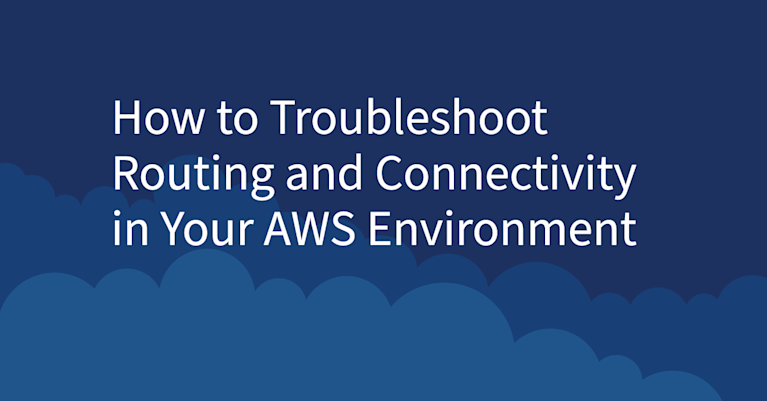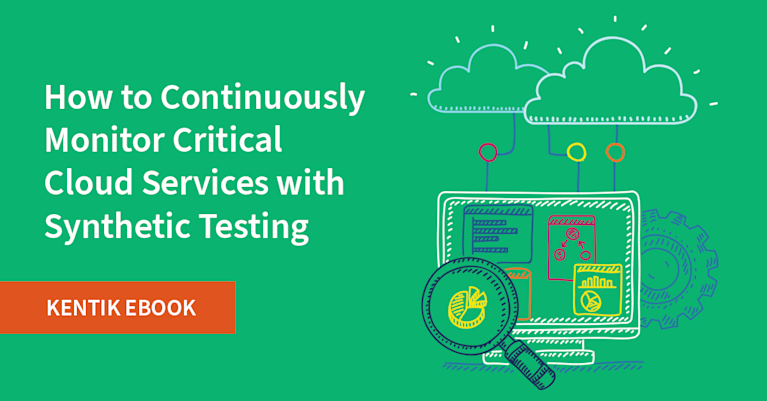Are Blind Spots in Your Hybrid Cloud Keeping Your Network Pros Up at Night?


Summary
With increasingly complex on-premises and cloud hybrid environments, managing the network has never been so tough. And that keeps network pros up at night.
In today’s digitally transformed world, everyone from internet service providers to enterprises depend upon high-performing and secure networks for business success. It doesn’t matter if you’re Zoom or Major League Baseball, if you’ve got a problem with your network… you’ve got a problem with your business.
But with increasingly complex hybrid or multi-cloud models, monitoring the network has never been so tough. Unfortunately, many of today’s more archaic network monitoring tools fail to provide the holistic visibility needed to combine information from on-premises and cloud environments into a single view. This inability to tie data together — let alone view it — inevitably causes dangerous blind spots.
And that keeps network pros up at night.
Because of the growing adoption of cloud infrastructure, more companies need a network observability solution that fuses traffic and telemetry data along with business, security and internet metadata to help customers get increased visibility, improved performance and better cost control of the networking that connects their total cloud environment.
This converged platform functionality provides network professionals, such as network, cloud and site reliability engineers, visibility into traffic to and from cloud services, the internet, and on-premises network infrastructure — and beyond.
Hail to the Network
As cloud adoption expands with various cloud and on-premises permutations, the network has become increasingly difficult to manage. Fortunately, whether you’re using AWS, traditional data centers, LAN/WAN/SD-WANs, or container environments, modern monitoring solutions are empowering practitioners to see and manage network data like never before.
A network observability solution that is architected to visualize and map traffic in complex cloud and on-premises environments offer a superior advantage.
Silos: Good for Storing Corn, Bad for Observability
Let’s face it: network pros are tired of toggling between siloed tools that — ironically — can actually impede problem-solving and visibility. Silos are great for storing corn but bad for managing the cloud. Just as sales teams embrace the simplicity of Salesforce, more network pros want simple monitoring solutions that use built-in workflows to better visualize cloud networking performance, troubleshoot connectivity problems, control and reduce cloud traffic costs and mitigate apps to public cloud with confidence.
AI-Driven Insights
Another benefit of network observability is AI-driven insights, which ensures intelligent monitoring keeps getting smarter and recognizes security risks and performance problems faster with greater accuracy.
You wouldn’t put a blindfold on an air traffic controller. Similarly, more companies realize it’s a mistake to burden network professionals with archaic, siloed monitoring solutions. Fortunately, the next-generation of monitoring solutions ensure that — when it comes to monitoring network traffic in the data center, cloud or on the ground — your network practitioners will no longer fly blind in the dark.
Join the Webinar on May 20
Do you want to learn more about the benefits of network observability? Sign up today for our upcoming webinar, How to Troubleshoot Routing and Connectivity in Your AWS Environment and learn more how network observability eliminates visibility gaps in network monitoring.


